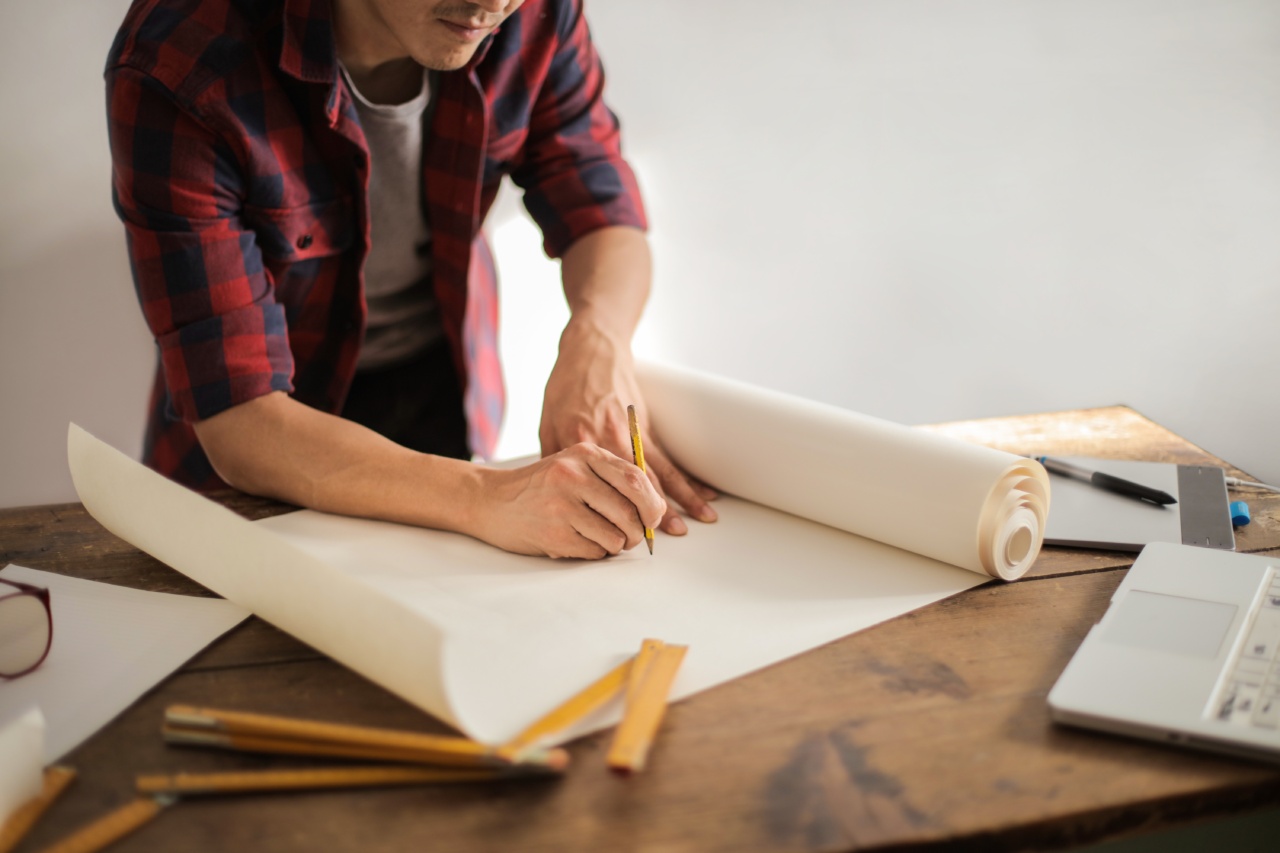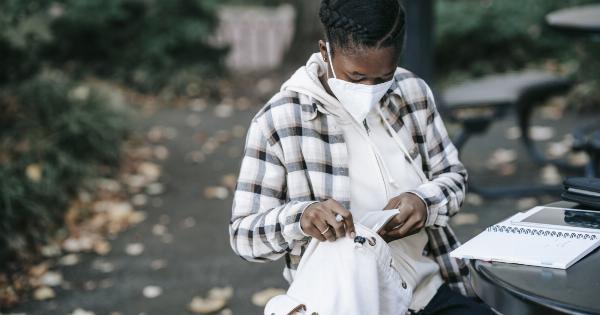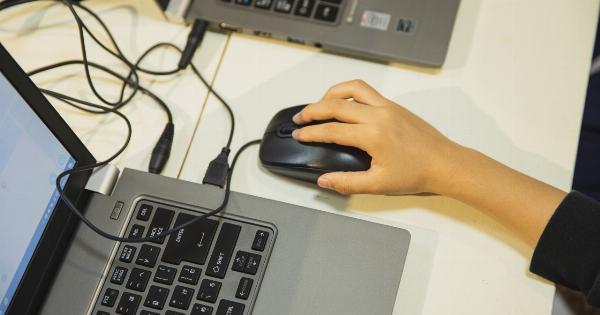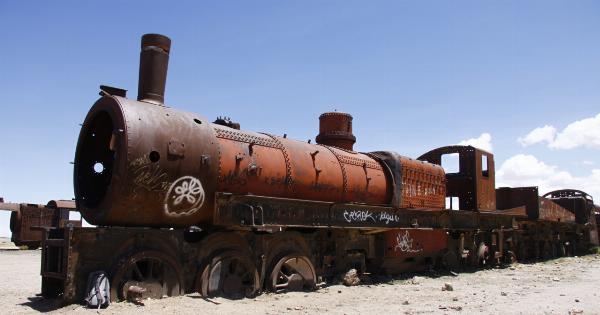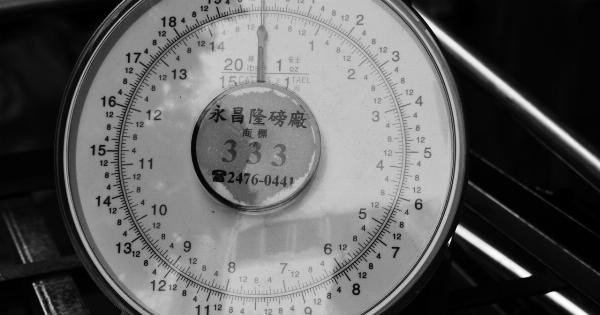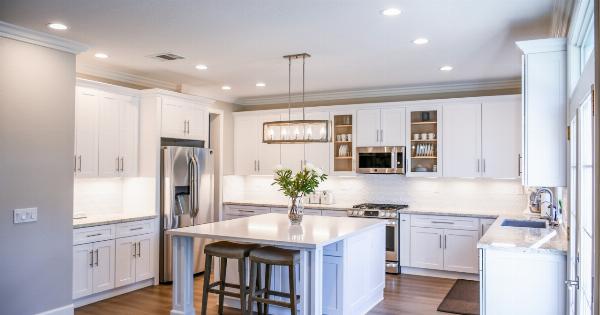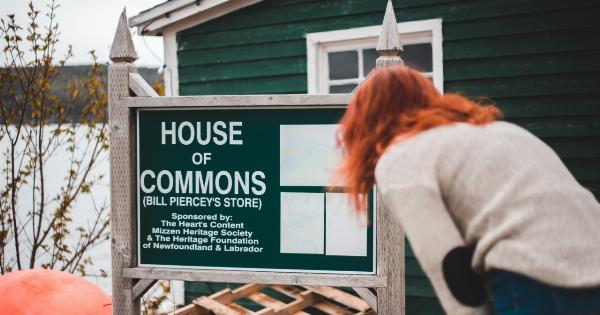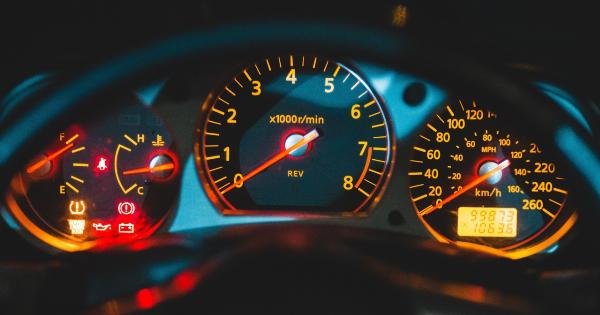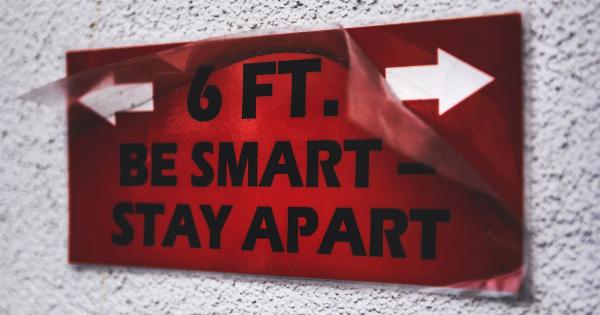Measuring pressure accurately is crucial in various industries and applications. Whether you are working with gases, liquids, or even solids, understanding the pressure exerted is essential for determining the safety and efficiency of a system.
However, obtaining accurate pressure measurements requires proper preparation and technique. In this article, we will discuss expert tips for preparing to measure pressure, ensuring reliable and precise results.
1. Understand the basics of pressure measurement
Before you embark on measuring pressure, it is vital to grasp the fundamental concepts of pressure and its measurement. Familiarize yourself with units of pressure, such as Pascals (Pa), pounds per square inch (psi), or millimeters of mercury (mmHg).
Additionally, learn about the different types of pressure measurements, such as absolute pressure, gauge pressure, and differential pressure.
2. Select the appropriate pressure measuring instrument
Choosing the right pressure measuring instrument is crucial for obtaining accurate results. Determine the pressure range you need to measure and select a device that can accommodate that range.
Common pressure measuring instruments include manometers, pressure transducers, pressure gauges, and pressure sensors. Consider the compatibility of the instrument with your application, as well as its precision and reliability.
3. Calibrate your pressure measuring instrument
Calibration is essential to ensure the accuracy and reliability of your pressure measuring instrument. Before use, calibrate the instrument according to the manufacturer’s instructions or using a calibration device.
Regularly recalibrate the instrument to maintain its accuracy over time. Keep a record of calibration dates and results for reference and quality control purposes.
4. Prepare the measurement environment
The measurement environment can significantly impact pressure measurements. Ensure that the area where you will be measuring pressure is clean, stable, and free from vibrations or other disturbances.
Position the instrument in a suitable location, away from any potential hazards or sources of interference. Take into account environmental factors, such as temperature and humidity, that may affect pressure readings.
5. Consider the medium being measured
The medium (gas, liquid, or solid) being measured can affect the measurement technique and instrument selection. Different mediums may require different types of instruments or specialized techniques.
For example, measuring the pressure of a gas may involve using a pressure gauge, while measuring the pressure of a liquid may require a pressure transducer or a manometer. Understand the properties of the medium and select the appropriate tools accordingly.
6. Ensure proper installation
The proper installation of the pressure measuring instrument is essential for accurate measurements. Follow the manufacturer’s instructions for installation, including any recommended mounting positions, sealing, or connections.
Pay attention to any potential leaks or obstructions that may affect the measurement. Proper installation also helps ensure the safety and longevity of the instrument.
7. Validate measurement technique
Before beginning the actual pressure measurement, validate your measurement technique to ensure its accuracy and repeatability. Perform test measurements in a controlled environment using a known pressure source.
Compare the measured values with the expected values to verify the reliability of your technique. Make any necessary adjustments or corrections to improve the accuracy of future measurements.
8. Take multiple measurements
To enhance the reliability and precision of pressure measurements, it is recommended to take multiple readings. Repeat the measurements several times, ensuring consistent conditions and technique.
Record all measurements and calculate the average value to minimize the influence of outliers or measurement errors. Taking multiple measurements also helps identify any variations or trends in pressure.
9. Apply appropriate safety measures
Pressure measurements can sometimes involve potential hazards, especially in high-pressure or industrial settings. Always prioritize safety when preparing to measure pressure.
Wear appropriate personal protective equipment (PPE), such as gloves and safety goggles, when necessary. Familiarize yourself with the safety procedures and protocols to follow in case of emergencies or abnormal conditions.
10. Document and analyze the results
After completing the pressure measurements, document all the results, including the measurement values, dates, and any relevant observations. Store this information for future reference, quality control, or troubleshooting purposes.
Analyze the results to gain insights into the performance, efficiency, or stability of the system being measured. Look for any patterns, anomalies, or trends that may require further investigation or action.
